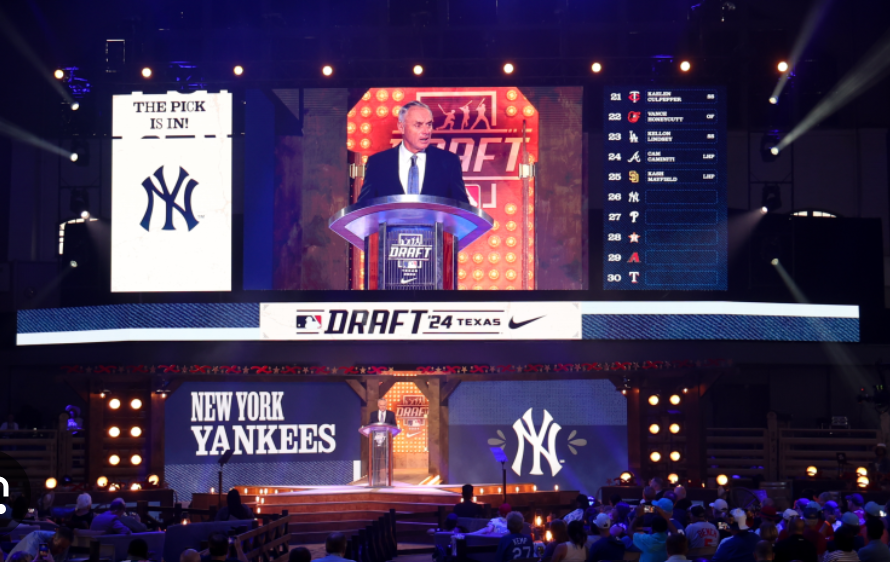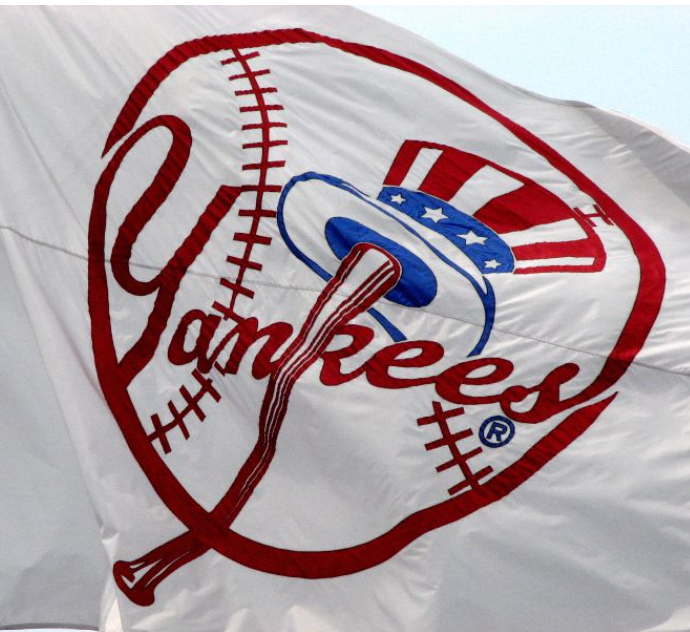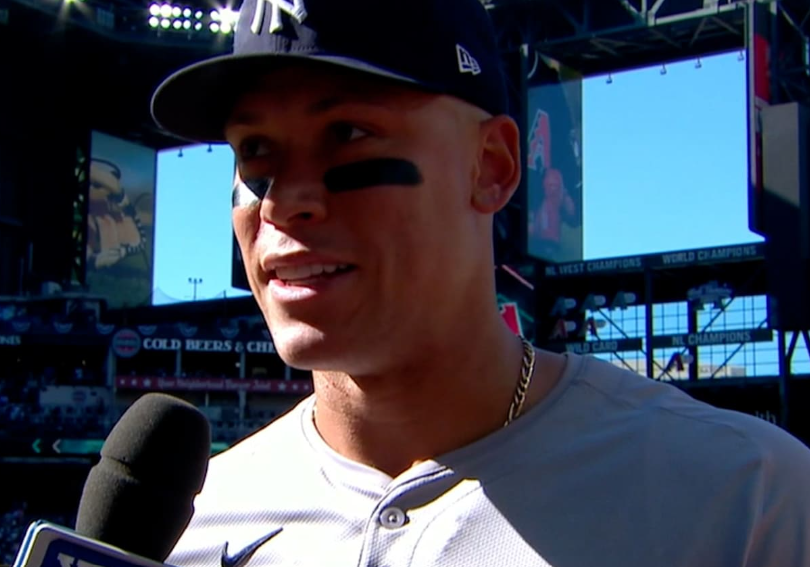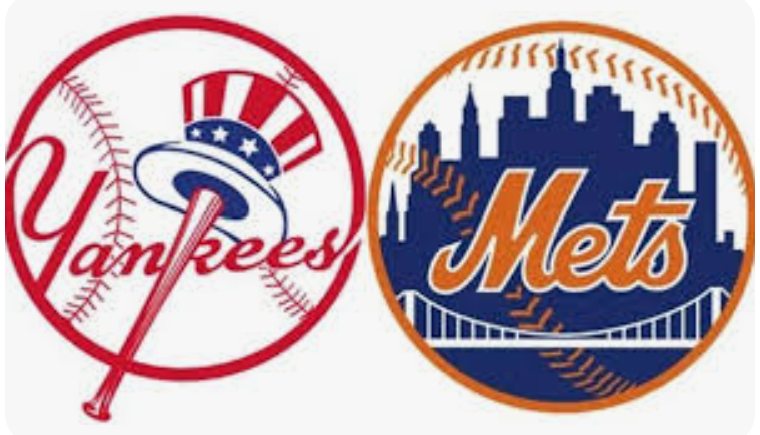The 2024 MLB Amateur Draft started off with intrigue for the New York Yankees, who held two picks in the first two rounds. Speculation centered around whether they would opt for a collegiate hitter like Tommy White from LSU or a prep infielder. However, the Yankees surprised many by selecting Ben Hess, a right-handed pitcher from Alabama University, with the 26th overall pick in the first round.
Later in the draft, the Yankees continued their focus on pitching by picking up another college arm, Bryce Cunningham from Vanderbilt, with the 53rd overall pick.
The Yankees’ strategy of targeting high-upside pitching prospects marked a departure from more conventional approaches, making for an intriguing day of drafting for the storied franchise.
Yankees’ First-Round Pick (No. 26): Ben Hess
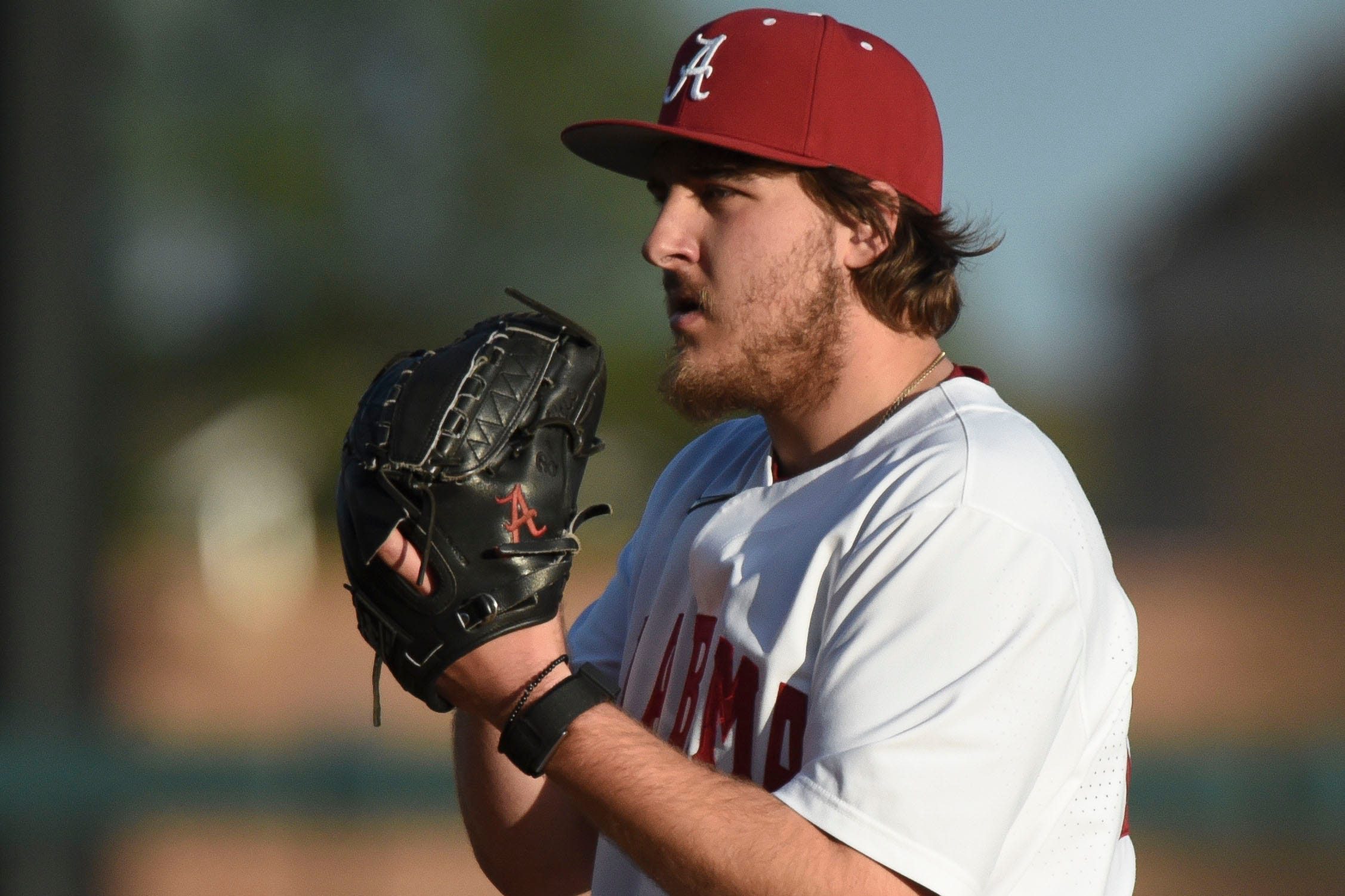
The New York Yankees’ selection of Ben Hess, despite his college performance not reflecting traditional success metrics like ERA, is grounded in a deeper analysis of his pitching abilities. Evaluating a pitcher purely on ERA can be misleading, and Hess’s strengths lie in his potential for generating swings and misses.
Hess primarily relies on his four-seam fastball, which is notable for its release angle and movement characteristics. Released slightly flatter than usual, it averages 93.9 MPH with significant induced vertical break (18.9 inches) and horizontal run (13.3 inches). This movement profile makes it challenging for batters to make solid contact, evident in its high whiff rate (92nd percentile at 29.1%).
His curveball is another standout pitch, featuring considerable vertical and horizontal movement (-16.6 inches and -16.1 inches respectively) at a speed of 76.3 MPH. This big breaking curveball boasts a formidable 58.2% whiff rate, showcasing its effectiveness in inducing swings and misses, especially against left-handed hitters.
While Hess’s fastball and curveball are impressive, the Yankees will need to develop his slider and/or changeup further to round out his repertoire. These secondary pitches will be crucial for Hess to maintain his effectiveness against both right-handed and left-handed hitters at higher levels of competition.
Overall, the Yankees’ decision to draft Hess reflects their confidence in his potential to refine his pitching arsenal and become a valuable asset in their organization, despite his collegiate performance not aligning with conventional metrics.
His slider doesn’t get enough chases or whiffs, but the Yankees do a great job developing sliders, so I’m very excited to see how he fits into the team’s future. The reason you draft for excellent stuff and potential over things like immediate pitchability or ERA in college is that teams know they have more tools to refine and correct a talented pitcher. Some arms don’t take that “leap” in college, and it takes a deeper dive than what’s feasible at college.
We’ve seen Ben Hess top out at 98 MPH, and the top comparison for him has been Lance Lynn, who also utilized a trunky tall frame to the tune of a 3.77 ERA and 32.7 fWAR across 1,985.1 innings. We’ll see if the Yankees can maximize Ben Hess or not, but it’s not wise to bet against someone like Sam Briend. This will likely also be an underslot, which will give the Yankees more money to use in later rounds and pick up some talent.
Yankees’ Second-Round Pick (No. 53): Bryce Cunningham

The New York Yankees’ second-round pick, Bryce Cunningham, stands out for his impressive pitching repertoire, which has garnered considerable attention despite his collegiate ERA. Cunningham’s arsenal is highlighted by a powerful four-seam fastball that averages 94.6 MPH, boasting significant induced vertical break (19.2 inches) and horizontal run (10.7 inches). This movement profile makes his fastball particularly deceptive and challenging for hitters to track.
In addition to his fastball, Cunningham features an exceptional changeup that averages 86.4 MPH with substantial horizontal movement (20.5 inches). This changeup is a potent weapon for him, evidenced by its impressive 52.9% whiff rate, demonstrating its effectiveness in generating swings and misses.
Despite Cunningham’s 4.36 ERA in college, the Yankees were impressed by his performance in the Cape Cod League, where he recorded a 2.38 ERA and a 25.8% strikeout rate. The Cape Cod League, known for its use of wooden bats and higher level of competition, showcased Cunningham’s ability to excel against top-tier hitters.
Overall, the Yankees’ selection of Cunningham reflects their belief in his potential and the quality of his pitching arsenal, emphasizing his ability to perform well in more challenging environments beyond traditional college metrics.
Last night the Yankees selected Bryce Cunningham in the 2nd Round.
Cunningham struck out 26.6% of batters faced last season while hitting up to at 97 MPH
pic.twitter.com/qoe6s886w6— Fireside Yankees (@FiresideYankees) July 15, 2024
Bryce Cunningham, the Yankees’ second-round pick, brings tremendous potential as a starter despite needing refinement in certain areas. His fastball is a standout feature, with Robert Frey’s Stuff+ Model rating it an elite pitch at 167, well above the 150 threshold for excellence. This underscores Cunningham’s ability to dominate with his fastball.
However, there are areas for improvement. Cunningham’s command needs work, leading to occasional hittable pitches in the strike zone and some walks. Yet, his athleticism suggests potential for mechanical adjustments that could enhance his control over time. Additionally, developing a reliable slider will be crucial for his progression, an aspect where the Yankees’ developmental program excels.
Overall, while Cunningham has areas to refine, particularly with command and adding a slider to his repertoire, his raw talent and the Yankees’ track record of developing pitchers make him an intriguing prospect with significant upside as a future starter.

